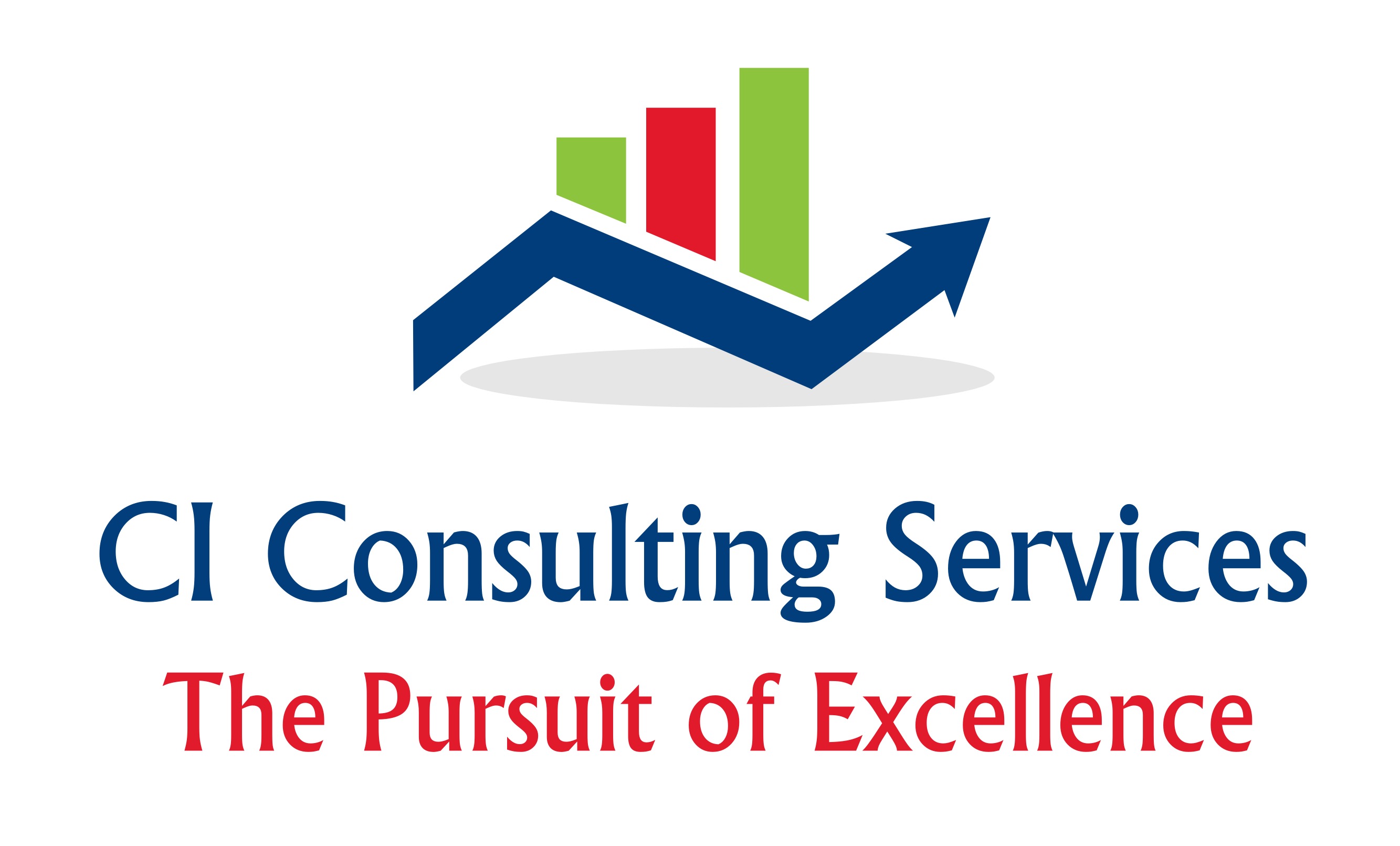How to Know if Lean Can Work for You
What is Lean?Lean is mostly a common-sense methodology that requires identifying waste in your processes and then applying tools to reduce or eliminate waste. Often people new to Lean don’t understand some of the basic linkages between aspects of Lean as discussed in this article.
Lean is defined as “eliminating waste” in processes. Much of this is common sense, although some tools, or ‘countermeasures,’ in Lean can be counterintuitive.
The 8 Wastes as recognized in Lean can be remembered using the acronym DOWNTIME or TIMPWOOD. It's important to remember that these wastes are all symptoms of an underlying problem in the process and it is necessary to get to the root cause of the problem that allows or requires these wastes to occur in order to eliminate them. For instance, imagine a purchase order (PO) being processed to give to a vendor. The PO needs to be written so that the customer receives exactly what is expected when it is inspected and the product conforms to all applicable specs.
The 8 Wastes
If the PO is missing critical information or that information is incorrect, delays and rework can occur. For instance, the PO may be missing the rev level on a drawing or a surface finish, or a packaging spec may be called out incorrectly. The PO will then get kicked back to the requestor for revision—a process that can occur several times before it can be processed properly. This simple example shows some of the 8 Wastes of Lean, including overprocessing and defects, along with waiting. We find that when there is one waste present there are usually others as well that are a result of or are required due to the presence of the first waste.
The 8 Wastes are as follows:
Transportation
Inventory
Motion
People
Waiting
Overprocessing
Overproduction
Defects
The 8 Wastes are discussed in more detail in the article ‘Lean and the 8 Wastes Part One – Definition’. You can read the article by clicking here. Something many Lean instructors overlook due to familiarity with the topic is the flow of Lean thinking. Examples that are used make sense to students until they look at their own processes and then wonder if Lean will work in their world. The short answer is ‘” Yes!”—especially if they do things of a repetitive nature. Job shops or short run manufacturers and office workers struggle to see how Lean works for them. After all, every job and every day is different. Jobs tend to be small and they have the “we’re not like other companies” mindset.
Applying Lean Thinking
In fact, Lean thinking can be applied anywhere. The tools are all readily available a Google search away. However, people in the process need to buy into the idea that things can change and be made better—maybe much better. Another article will address each of the 8 Wastes in detail and how they manifest themselves. This article focuses on knowing if Lean is applicable in your process or business. The process can be boiled down to a few key steps as outlined below:
-
The process being looked at should be somewhat repetitive at some level. Also, it must create an output of value to a customer, whether internal or external. Even job shops have repetitive activities such as getting a paperwork packet, setting up the tools and equipment, getting measuring devices, first piece inspection, running the job, and closing out the job. Even if every part is different, these tasks are always the same and the process should be examined at this level. Additionally, the process should be clearly defined from start to finish. Some examples include the process from initial inquiry to sending a quote to a customer, or receiving a PO to entering and scheduling the order. Another example is the process of preparing to do a job, actually doing the job, and then cleaning up after, such as an assembly or other manufacturing process.
-
When you examine your process, it could be formally by using a Value Stream Map (VSM) or from informal conversations with co-workers and concluding that things could be “better.” Regardless of the method used, if you can clearly identify one or more of the 8 Wastes in your process, then there are opportunities to apply Lean thinking to your process. The way to tackle the waste is through some type of root cause analysis. Using mind maps, fishbone diagrams, or other root cause tools such as data analysis can help identify the areas that need to be improved.
-
Once the areas of opportunity have been identified, you must apply the correct Lean tool to eliminate the waste discovered. This linkage between waste being a symptom and the Lean tool being the countermeasure to reduce or eliminate the identified waste is not often pointed out so directly. Lean tools can be easily Googled and include standard work, 6S, setup reduction, total productive maintenance, one-piece flow, visual management, among others. The hard part is engaging people in the improvement process and making the improvements stick.
Engaging people in improving and maintaining the new process is critical. This is where tools like ‘Kata’ can help with engagement. If people running the process are not engaged in the improvement and their voices heard then the process will drift back to what it used to be since people know how to make the old process work, even if they recognize the inefficiencies.
In fact, throughout my consulting experience, the biggest key to success with implementing Lean is not the quality of the Lean tool used - instead the key to long-term improvements is by engaging people in the improvement process through using “Lean Thinking” and listening to their issues and concerns. For more information on this and other topics feel free to contact us here
 Visit us at www.ciconsultingservices.com
Visit us at www.ciconsultingservices.com
